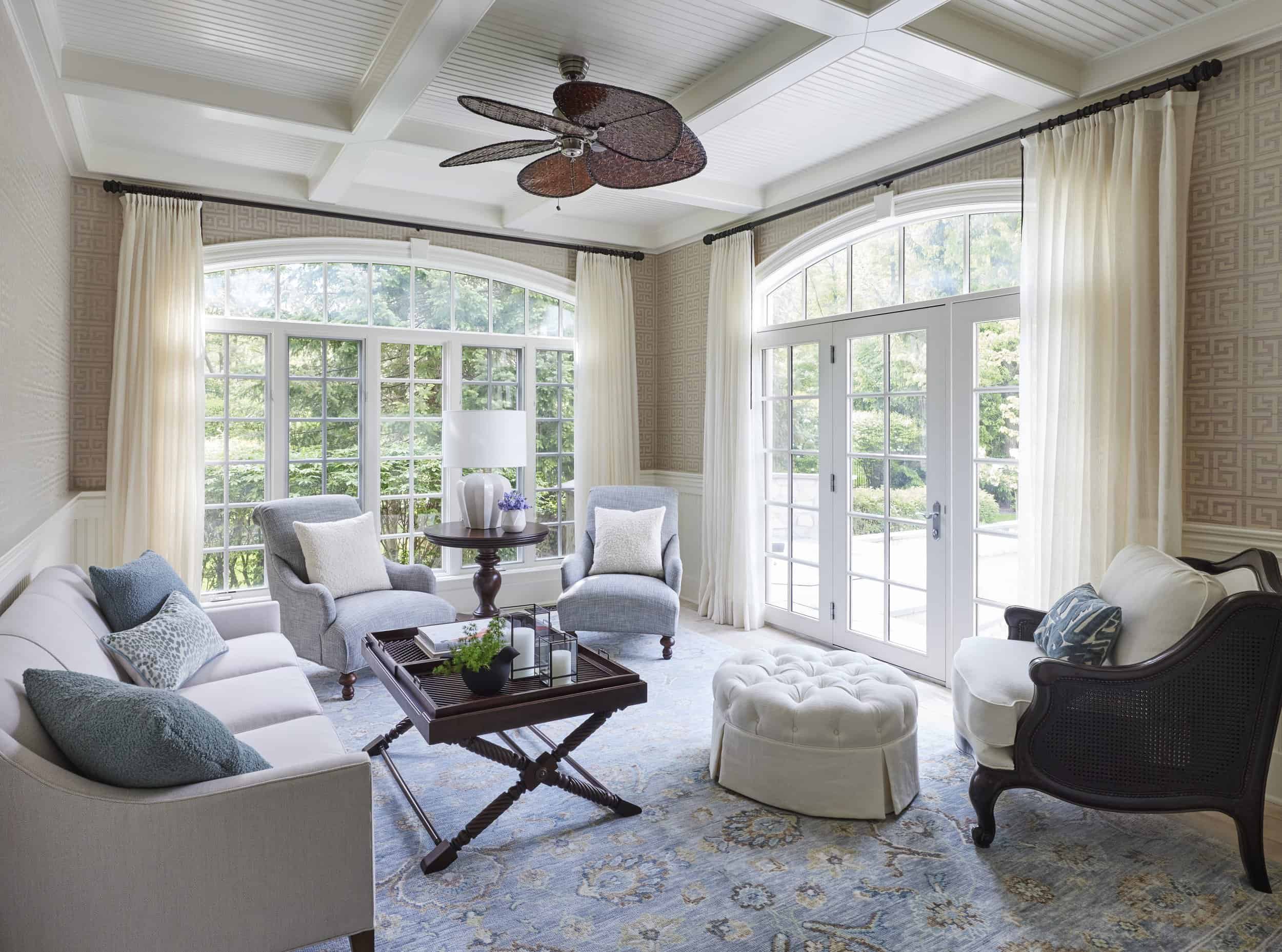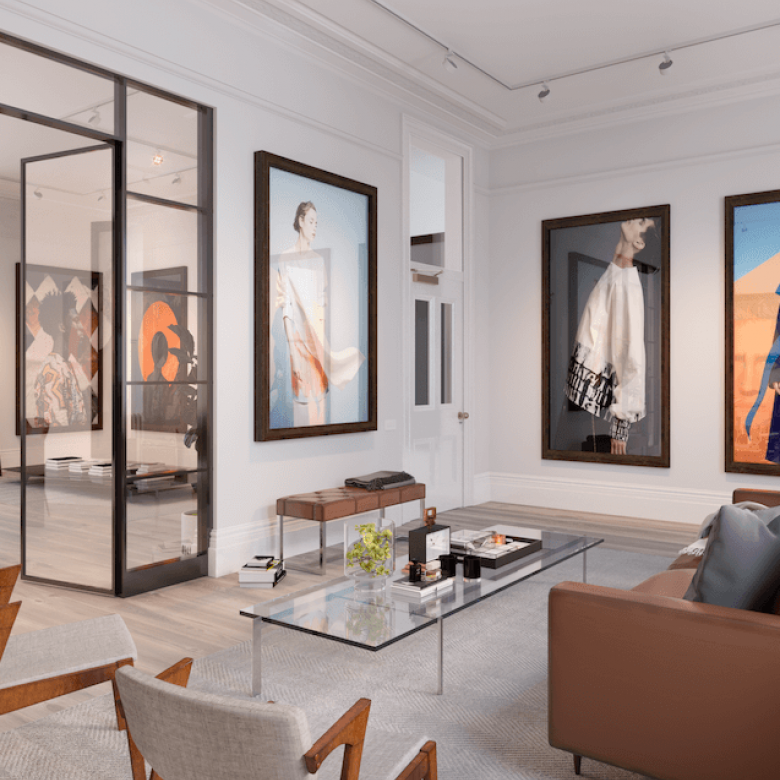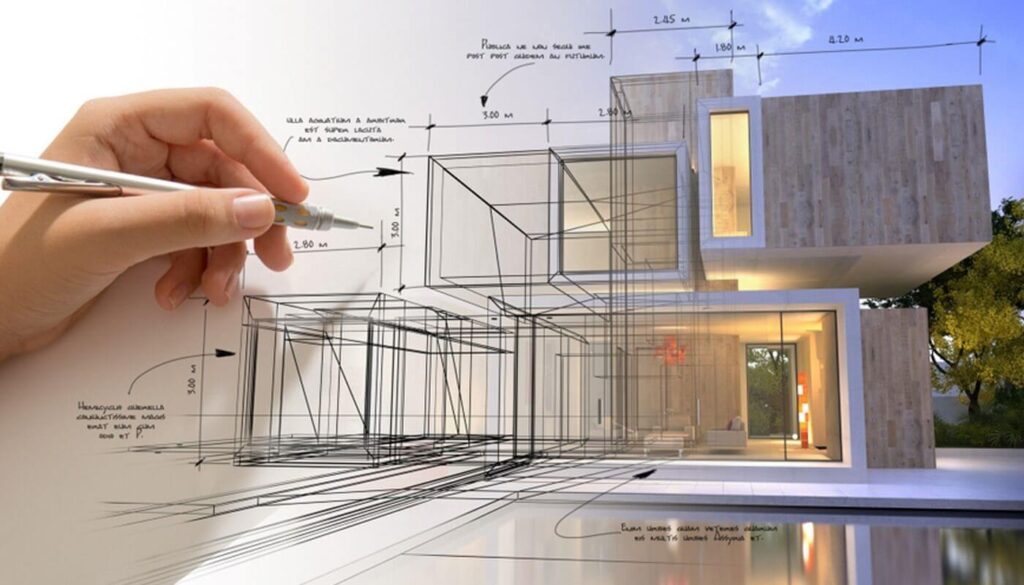Transform Your Space with the Best Interior Styling Near Me
Transform Your Space with the Best Interior Styling Near Me
Blog Article
The Art of Equilibrium: How Interior Design and Home Designer Collaborate for Stunning Outcomes
In the world of home design, striking an equilibrium in between aesthetic appeals and capability is no tiny feat. This delicate stability is achieved with the unified partnership between interior designers and designers, each bringing their special proficiency to the table. The outcome? Areas that are not only aesthetically spectacular however additionally very habitable. However, this ideal mix is not constantly very easy to achieve. Stick with us as we discover the intricacies of this collaborative process and its transformative effect on home design.
Recognizing the Core Distinctions In Between Interior Decoration and Home Design
While both interior layout and home architecture play crucial roles in producing aesthetically pleasing and useful spaces, they are inherently various disciplines. It deals with the 'bones' of the structure, functioning with spatial dimensions, load-bearing walls, and roofing system designs. On the various other hand, interior layout is extra concerned with enhancing the aesthetic and sensory experience within that framework.
The Synergy In Between Home Design and Inside Design
The synergy between home design and Interior Design hinges on a shared vision of style and the improvement of useful aesthetic appeals. When these 2 areas line up sympathetically, they can change a home from common to phenomenal. This collaboration requires a deeper understanding of each discipline's concepts and the capability to produce a natural, cosmetically pleasing environment.
Unifying Design Vision
Linking the vision for home architecture and Interior Design can produce a harmonious space that is both practical and visually pleasing. The equilibrium begins with an integrated mindset; architects and interior designers collaborate, each bringing their knowledge. This unison of ideas develops the style vision, a blueprint that guides the project. This shared vision is important for consistency throughout the home, making certain a liquid change from outside design to interior spaces. It promotes a synergistic technique where building elements complement Interior Design elements and the other way around. The outcome is a natural home that shows the homeowner's lifestyle, preference, and character. Hence, unifying the style vision is important in blending style and Interior Design for stunning outcomes.
Enhancing Functional Appearances
Exactly how does the synergy between home architecture and Interior Design boost functional appearances? This synergy enables the creation of areas that are not just visually enticing yet additionally easily functional. Engineers prepared with their architectural layout, guaranteeing that the room is practical and reliable. The interior designer then complements this with carefully picked aspects that boost the visual appeals without endangering the performance. This unified partnership can cause homes that are both liveable and attractive. A designer might develop a house with large windows and high ceilings. The indoor developer can after that highlight these functions with tall plants and large drapes, respectively, hence boosting the visual appeal while maintaining the useful advantages of all-natural light and space.
Value of Cooperation in Creating Balanced Spaces
The collaboration in between interior designers and engineers is critical in creating balanced spaces. It brings harmony in between layout and style, offering birth to spaces that are not just aesthetically pleasing but likewise useful. Discovering successful collective methods can give insights right into exactly how this synergy can be properly attained.
Integrating Style and Style
Balance, a necessary element of both interior style and architecture, can only truly be attained when these 2 areas work in harmony. This collaborative process this results in a natural, well balanced design where every element adds and has a function to the general aesthetic. Integrating design and architecture is not just concerning producing lovely areas, but concerning crafting areas that function effortlessly for their occupants.
Successful Joint Approaches

Instance Studies: Successful Assimilation of Style and Architecture
Analyzing a number of case researches, it ends up being apparent just how the successful integration of Interior Design and design can change an area. The Glass House in Connecticut, renowned for its minimalistic style, is one such example. Engineer Philip Johnson and interior developer Mies van der Rohe worked together to develop a harmonious equilibrium between the inside and the framework, leading to a smooth flow from the outside landscape to the inner living quarters. An additional exemplar is the Fallingwater Home in Pennsylvania. Architect Frank Lloyd Wright and interior developer Edgar Kaufmann Jr.'s collaborative initiatives bring about a strikingly unique home that mixes with its natural environments. These study underscore the profound effect of article an effective layout and architecture cooperation.

Conquering Difficulties in Layout and Design Cooperation
In spite of the obvious advantages of an effective partnership in between Interior Design and architecture, it is not without its challenges. Communication issues can emerge, as both parties might make use of various terminologies, understandings, and methods in their job. This can cause misconceptions and delays in job completion. Another major obstacle is the harmonizing act of aesthetics and functionality. Designers may focus on structural stability and safety and security, while developers focus on comfort and design. The combination of these goals can be intricate. In addition, spending plan and timeline constraints usually include stress, potentially creating breaks in the cooperation. Consequently, effective interaction, good understanding, and compromise are vital to get over these challenges and accomplish a unified and successful cooperation.

Future Fads: The Advancing Relationship Between Home Architects and Interior Designers
As the globe of home design proceeds to develop, so does the relationship between designers and indoor developers. Alternatively, indoor developers are embracing technological facets, affecting overall design and capability. The future assures a much more natural, cutting-edge, and flexible method to home design, as architects and developers proceed to obscure the lines, promoting a partnership that genuinely personifies the art of equilibrium.
Conclusion
The art of balance in home layout is attained via the unified cooperation between indoor designers and architects. Regardless of challenges, this partnership cultivates development and technology in style.
While both indoor design and home style play vital roles in creating visually pleasing and practical rooms, they are inherently various techniques.The synergy between home design and indoor layout exists in a shared vision of design and the enhancement of functional aesthetics.Combining the vision for home design and indoor style can produce a harmonious living space that is both practical and aesthetically pleasing. Therefore, page unifying the style vision is important in blending style and interior layout for magnificent results.
How does the synergy between home design and interior style enhance practical aesthetic appeals? (Winchester architect)
Report this page